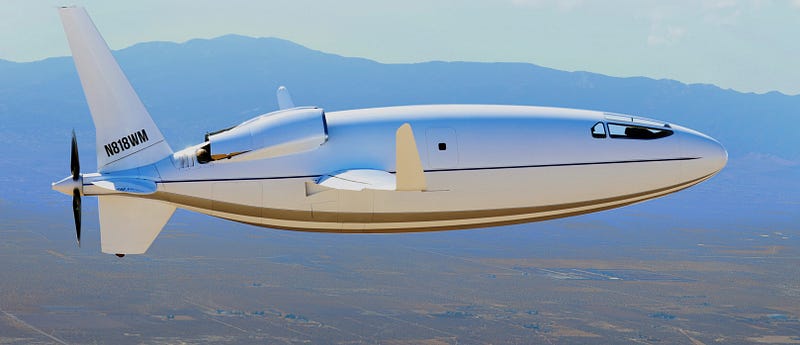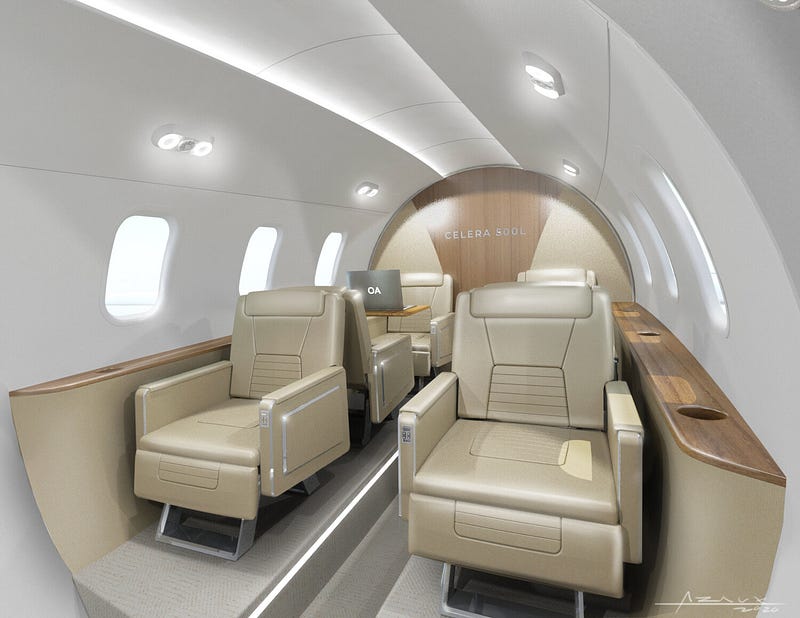Another Uniquely Designed Aircraft: The More Unusual the Shape, the Greater the Efficiency!
Written on
Chapter 1: Introduction to the Celera 500L
The strikingly shaped Celera 500L, designed by William Otto and his company, Otto Aviation, presents a fascinating case in aviation efficiency. As described by Otto Aviation, William Otto tackles challenging problems with inventive solutions.
What piqued my interest in this aircraft was not only its design but also its resemblance to another transportation innovation I previously discussed—the Airlander.
Chapter 2: Similarities Between Hybrid Air Vehicles and Planes
While the distinctions between Hybrid Air Vehicles (like blimps) and traditional airplanes are significant, the similarity in their shapes cannot be overlooked. Otto Laboratories, Inc. has amassed extensive knowledge over the years as an accident reconstruction firm. This expertise, combined with the extensive travels of William and his team, has provided them with insights into the drawbacks of current commercial travel options.
Delving into William's background, it's notable that he specializes in torpedo weaponry. This experience has likely played a significant role in shaping the design of the Celera.

Chapter 3: Efficiency of the Celera 500L
This “Flying Torpedo,” akin to the Airlander (affectionately dubbed “The Flying Bum”), significantly minimizes drag through laminar flow as it moves. This efficiency translates into remarkable benefits for private travelers.
Otto Aviation highlights the following impressive statistics:
- A comparable jet aircraft achieves a meager fuel efficiency of 2–3 miles per gallon, while the Celera 500L boasts an impressive 18 to 25 mpg.
- Operating costs for a typical jet can reach $2,100 per hour, whereas the Celera can be operated for just $328.
It is worth mentioning that these efficiencies are achieved using a 550-horsepower combustion engine, indicating a potential for even greater advancements with hydrogen fuel cell technology. In collaboration with ZeroAvia, Otto Aviation is working to implement this technology in the Celera, aiming to significantly cut emissions in a shorter timeframe.
Section 3.1: Performance Specifications
Expect a range of 4,500 nautical miles and speeds exceeding 460 mph with the fossil-fueled model. The range would drop to 1,000 nautical miles for the hydrogen fuel cell version. Designed to accommodate six passengers, the Celera aims to provide a first-class experience for each individual. Notably, Otto anticipates scaling up to transport up to 19 passengers in the future.

Chapter 4: The Future of Air Travel
The introduction of a hydrogen battery option would transform the Celera into the world’s most efficient and environmentally friendly passenger aircraft. I eagerly anticipate seeing these innovative “flying torpedoes” grace our skies in the coming years!
